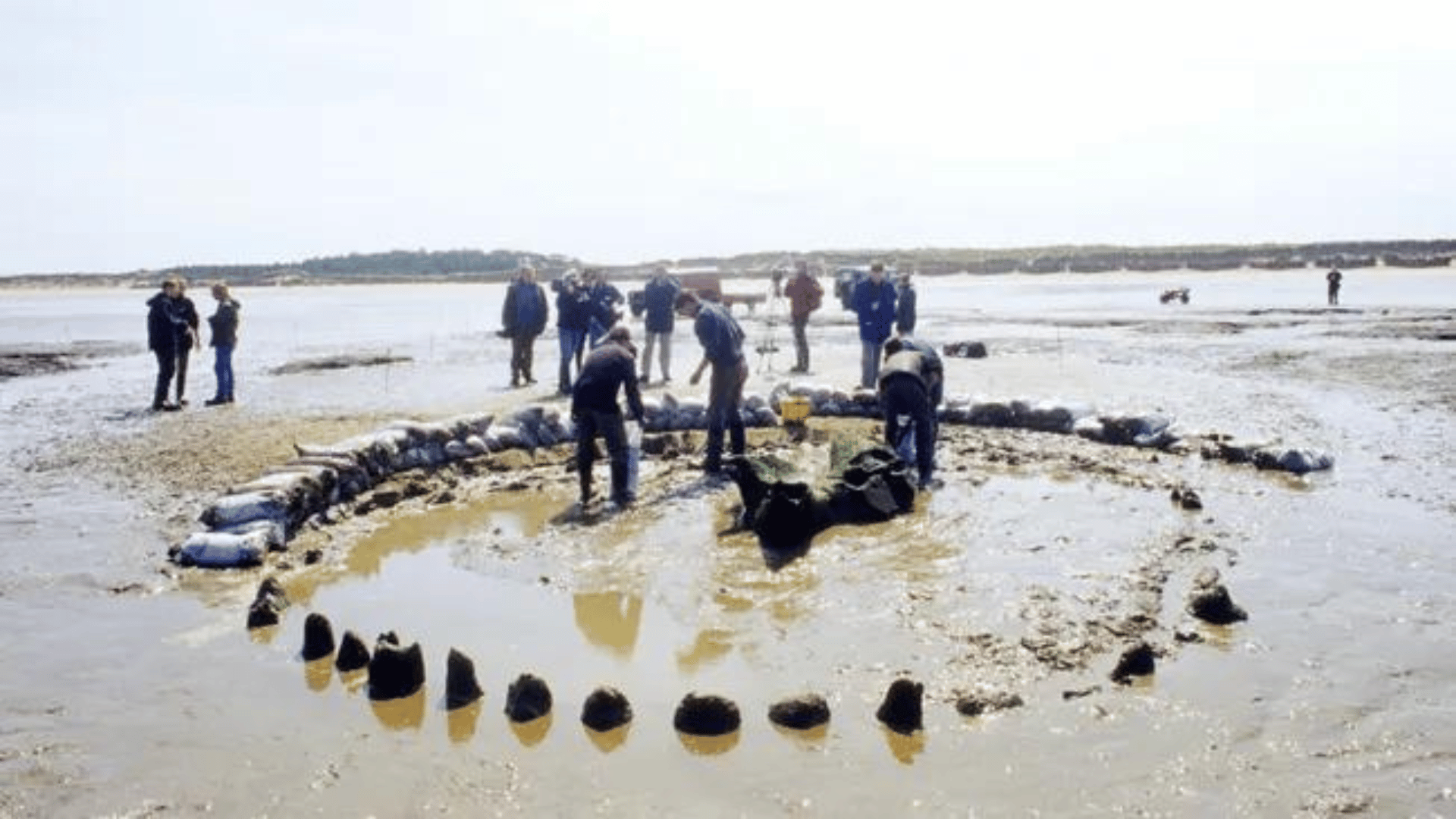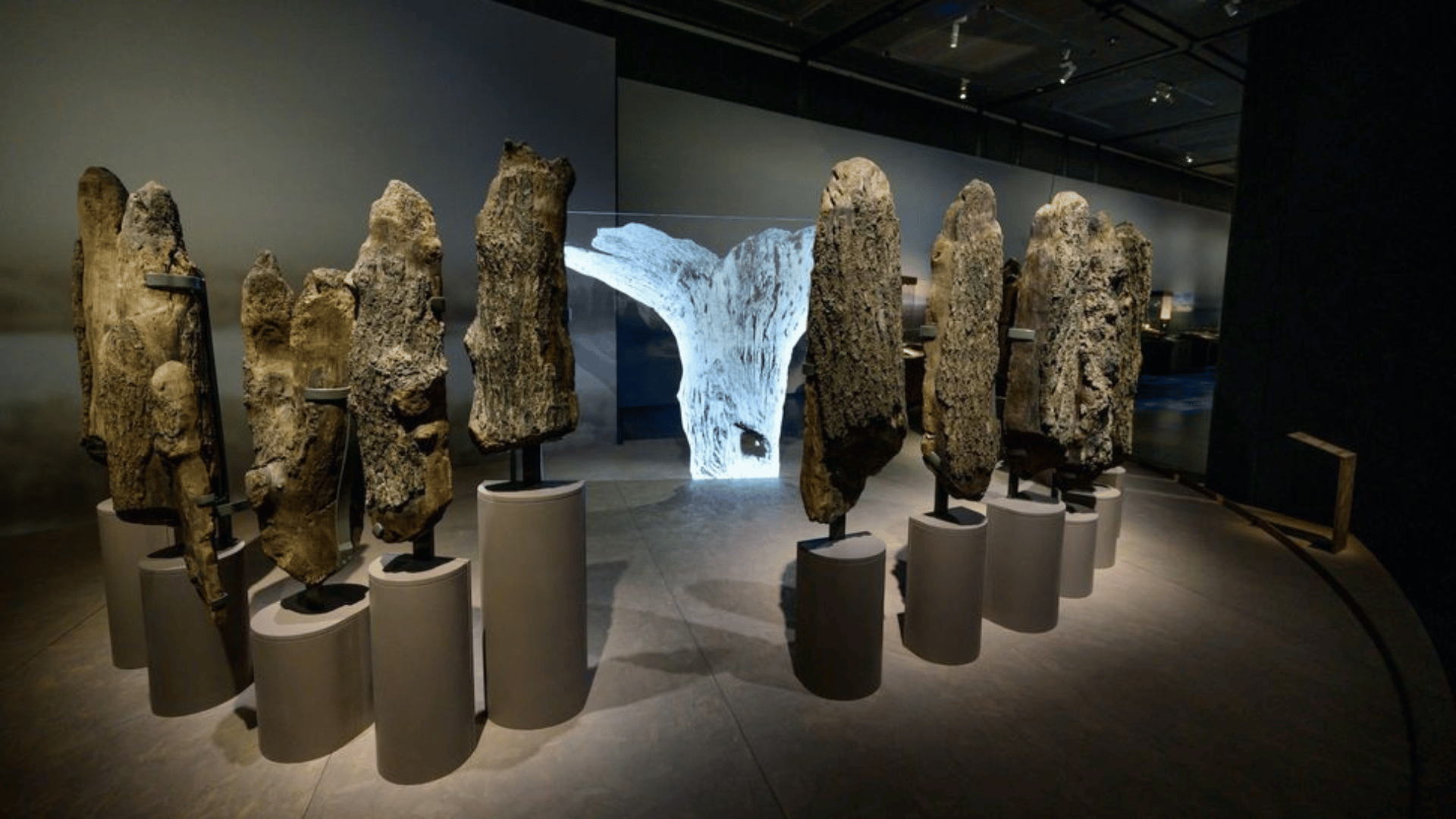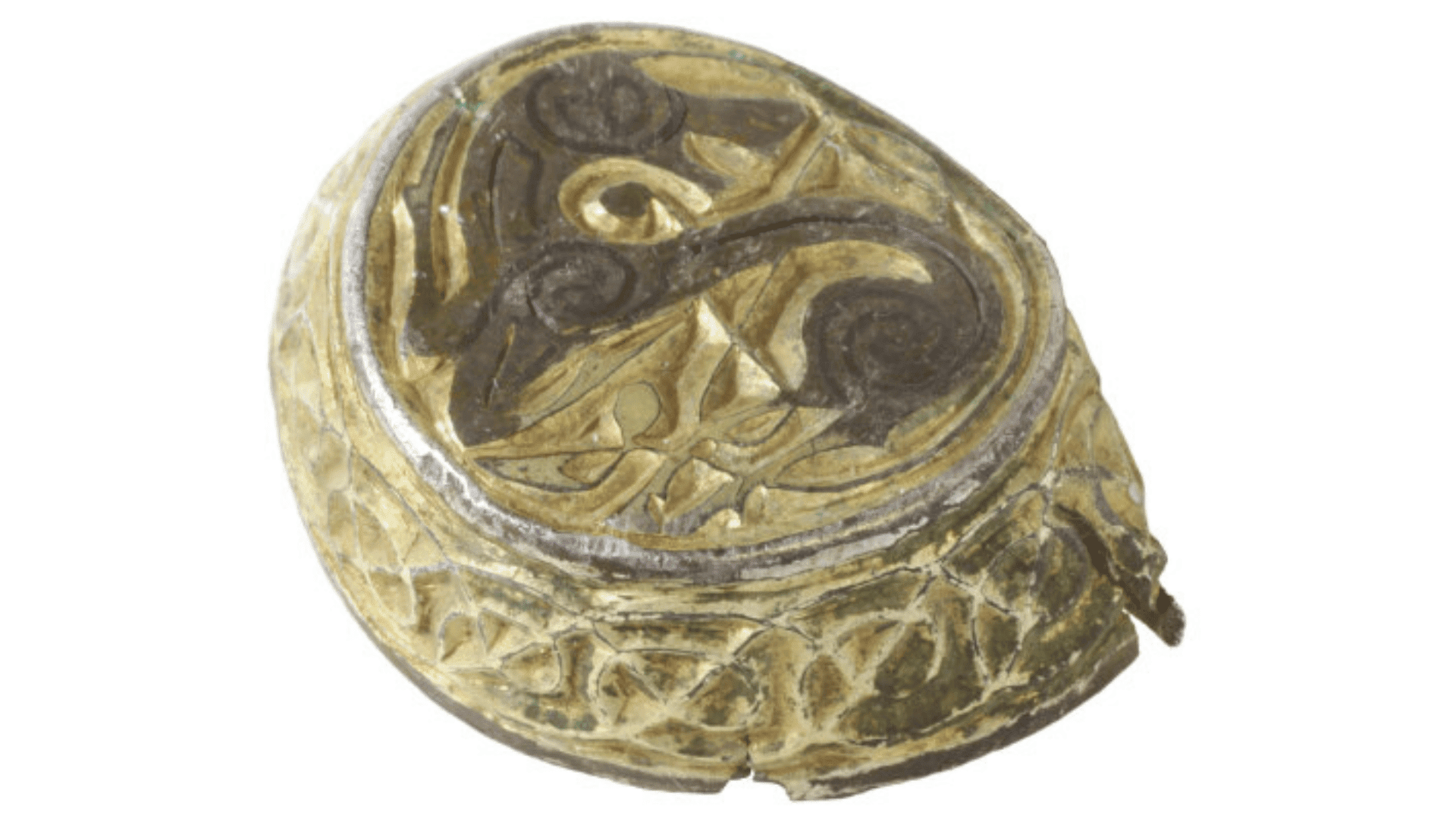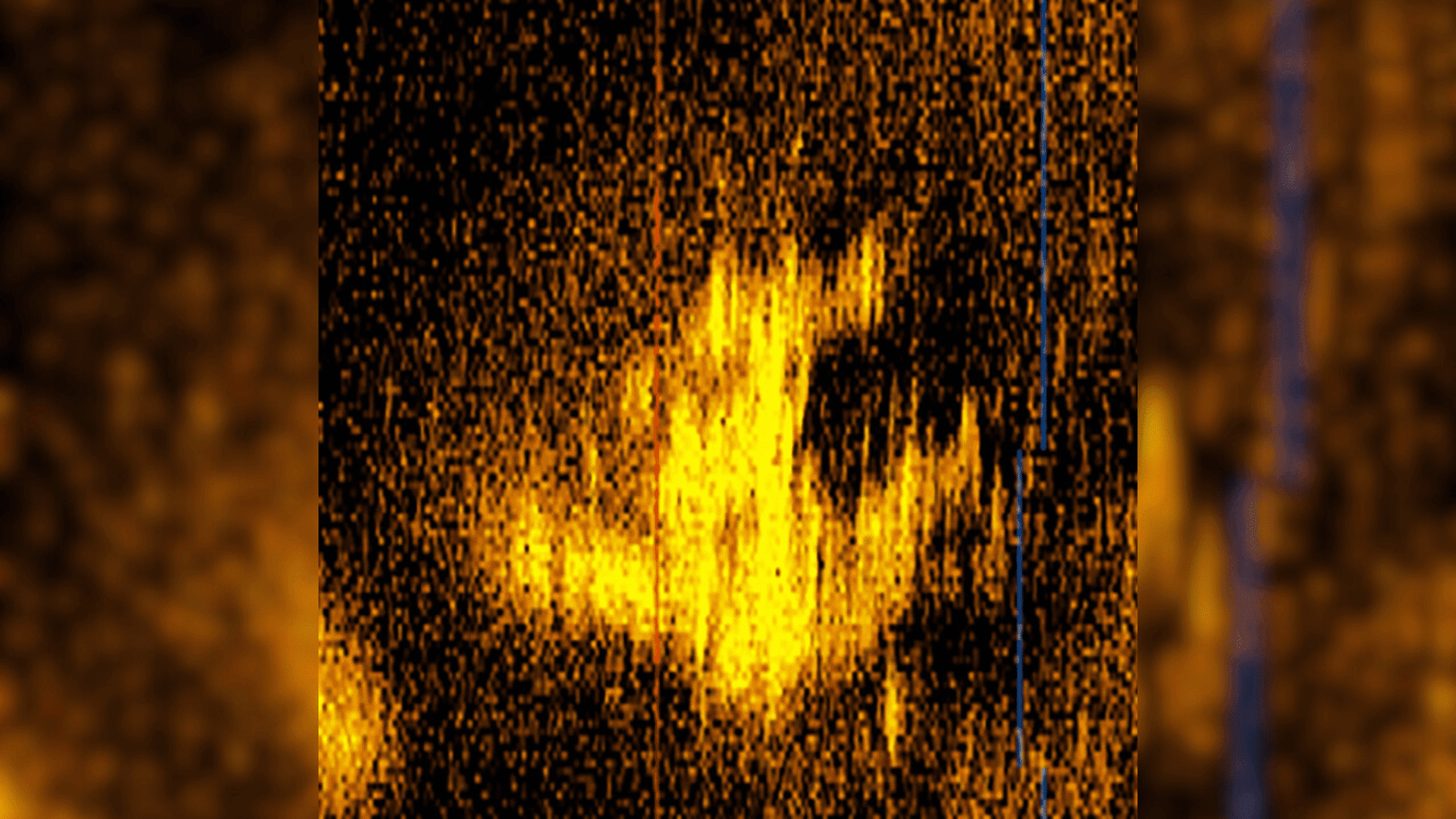A new study suggests that a mysterious 4,000-year-old wooden circle known as a “Seahenge” on England’s east coast was built to bring back warm weather during extreme cold.

The buried structure is a rough circle approximately 25 feet across comprised of 55 split oak trunks surrounding a “horseshoe” of five larger oak posts around a large inverted oak stump.
Though other researchers have suggested it was built to commemorate an important individual, researchers like David Nance, an archaeologist at the University of Aberdeen in the United Kingdom and the author of the new study, believe the new theory makes sense with what we know about the climate at the time.
The construction occurred during “a prolonged period of decreased atmospheric temperatures and severe winters and in late springs placing these early coastal societies under stress,” he said. “It seems most likely that these monuments had the common intention to end this existential threat.”
Explore Tomorrow's World from your inbox
Get the latest science, technology, and sustainability content delivered to your inbox.
I understand that by providing my email address, I agree to receive emails from Tomorrow's World Today. I understand that I may opt out of receiving such communications at any time.
Seahenge originally occupied a salt marsh near the beach in the 1990s, but it was excavated in 1999 when authorities were concerned about erosion. The move was controversial, however, so the ancient circle built beside Seahenge, Holme II, was left in place on the beach and is being monitored for erosion.

By dating the structure with dendrochronology, a technique that studies tree annual growth rings, the study authors were able to show that both Seahenge circles were built from trees felled in the spring of 2049 B.C.
Nance suggests that because it appears to be aligned with sunrise on the summer solstice, the horseshoe of five larger posts inside the main Seahenge circle may have mimicked a cage for a young cuckoo designed to extend summer by keeping the bird singing.
A symbol of fertility to the ancient Britons, the cuckoo was believed to stop singing on the summer solstice and return to the “Otherworld,” taking the warm summer weather with it.
Stefan Bergh, an archaeologist at the University of Galway in Ireland who also wasn’t involved, said the paper created a “highly useful framework” for insights into the beliefs and religions of Bronze Age peoples.
“We as archaeologists too often shy away from pushing the envelope beyond our comfort zone of hard material evidence,” he told Live Science in an email. “It is, however, often when reaching outside that comfort zone that archaeology really comes alive, which Nance’s paper is an excellent example of.”







